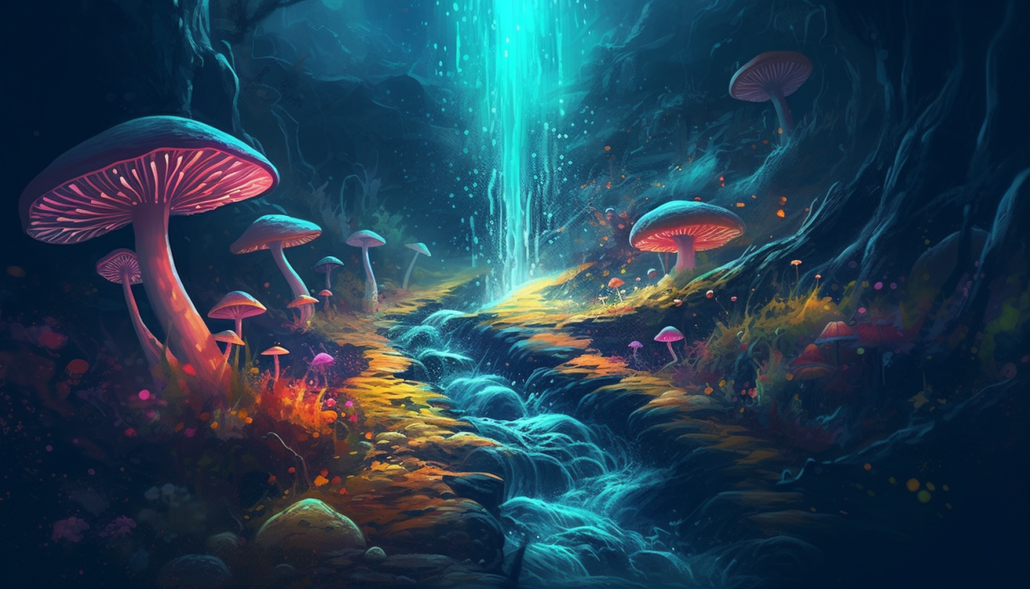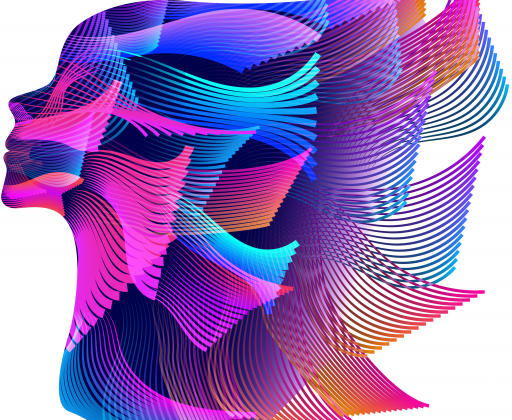Dear readers, do you remember the last time you found yourself fully absorbed in a task, where time seemed to dissolve and the world around you faded into the background? This state of deep immersion, where you and your work become one, is known as a “flow state”, a term that’s gaining popularity in our increasingly performance-focused society. On the other hand, have you heard about “microdosing”? It’s the practice of taking minute doses of psychedelic substances, a strategy employed by many seeking to enhance their creativity, productivity, and mental well-being. But could there be a connection between these two seemingly distinct concepts? This is the intriguing question we’ll explore today in this journey through the meandering corridors of consciousness and cognition.
Small Doses, Big Impact: Understanding Microdosing
To dive into this fascinating topic, it’s crucial we first grasp the concept of microdosing. The term refers to the practice of ingesting small, “sub-perceptual” amounts of psychedelic substances, typically one-tenth to one-twentieth of a recreational dose. Key substances often utilized for this purpose include psilocybin (found in magic mushrooms) and LSD, both known for their profound influence on consciousness, albeit in much larger doses. Microdosing is thought to provide the benefits of these substances without inducing a full-blown psychedelic trip, thus allowing the individual to continue their daily routine relatively unaffected. Protocols for microdosing vary, with the most popular ones suggesting a dose every three days. It’s important to note, however, that the legality of these substances varies by country and region, and their usage comes with potential risks. Always remember, safety should be your utmost priority when considering any novel practice for cognitive or performance enhancement.
In the Zone: The Transformative Power of Flow States
Flow states, a term coined by the psychologist Mihaly Csikszentmihalyi, refer to moments when individuals are completely absorbed in an activity, experiencing a heightened state of focus and optimal performance. Imagine a concert pianist lost in a symphony, an athlete in the “zone,” or a writer whose words pour onto the page with an unusual fluidity. This state is characterized by a sense of time dilation, deep concentration, loss of self-consciousness, and an intrinsic sense of enjoyment and satisfaction. Flow states are not confined to any specific domain; they can be experienced by anyone, in any activity that requires skill and presents a challenge that matches the person’s abilities. Evidence suggests that achieving flow states can enhance performance, promote learning, boost creativity, and contribute to overall well-being.
At the Crossroads of Consciousness: Microdosing and its Connection to Flow States
As we delve deeper into this intriguing subject, we might ponder, is there a potential link between the practice of microdosing and achieving flow states? Anecdotal reports and user experiences suggest that microdosing can indeed facilitate access to flow states. Individuals who microdose often report heightened focus, increased creativity, and improved problem-solving abilities, aspects reminiscent of flow experiences. In addition, neuroscientific studies have shed light on the similarities between the effects of psychedelics and the neurological characteristics of flow states, with both being associated with changes in brainwave patterns and neural connectivity. However, these observations remain largely in the realm of conjecture and hypothesis, awaiting further investigation. Research focusing specifically on the relationship between microdosing and flow states is still scarce, but the growing interest in this field promises a wealth of knowledge waiting to be uncovered in the years to come. Let us, therefore, tread carefully but with an open mind as we delve into the existing findings and speculate on the fascinating possibilities.
The Nuts and Bolts of Altered States: Unveiling the Neurobiological Mechanisms Behind Microdosing and Flow
In our exploration of the intimate relationship between microdosing and flow states, the question arises: what mechanisms might underpin this connection? Neuroscience offers us a few breadcrumbs along this path. When one enters a flow state, there are profound changes in brain function. Typically, there is a downregulation of the prefrontal cortex, often associated with self-consciousness and self-doubt. This brain shift facilitates the loss of self-awareness and the sense of effortlessness associated with flow. Furthermore, there’s an upsurge of neurochemicals like dopamine and norepinephrine, known to enhance focus, problem-solving, and creativity.
Psychedelics, even in small doses, have shown similar effects. For instance, they’ve been observed to increase the connectivity between brain regions, facilitating out-of-the-box thinking and idea generation. Additionally, psychedelics like LSD and psilocybin can stimulate serotonin receptors, potentially affecting mood and cognition. This suggests a plausible synergy between microdosing and activities conducive to flow, where the former may ‘prime’ the brain to slip into this optimal state more easily. However, these ideas are, for now, hypothetical, and more research is required to validate them.
Real Life Encounters: Analyzing Case Studies and Empirical Evidence on Microdosing and Flow States
Examining real-world experiences and empirical studies offers a more tangible perspective on this topic. Personal accounts and case studies often highlight an enhancement in focus, creativity, emotional stability, and overall performance due to microdosing – elements that dovetail with the characteristics of flow. However, it’s crucial to remember the role of placebo effects, individual variations, and the lack of standardized protocols in these narratives.
Scientific research has begun to explore this domain, albeit tentatively. Some studies hint at a possible connection between microdosing and improved mood, cognition, and creativity, yet the evidence remains preliminary. Furthermore, while the brain changes associated with flow states and the effects of psychedelics have parallels, direct evidence linking microdosing with an increased propensity for flow states remains sparse. This field of study is ripe for exploration, although it comes with unique challenges, including ethical considerations, legality issues, and the need for meticulous study designs. As we navigate this fascinating crossroads of psychology, neuroscience, and psychopharmacology, it becomes evident that our understanding of the relationship between microdosing and flow states is just beginning to unfurl.
The Road Ahead: Reimagining Human Potential through Microdosing and Flow States
As we draw this exploration to a close, let’s encapsulate the fascinating journey we’ve traversed. From understanding the nuances of microdosing and the transformative nature of flow states, we’ve sought to illuminate the intriguing intersection between these two domains. Although anecdotal accounts suggest a promising link, the scientific understanding of the relationship between microdosing psychedelics and the induction of flow states is still emerging, lying largely untapped.
This preliminary journey into the world of microdosing and flow states underlines the potential of psychedelics in influencing our cognitive and emotional landscape, possibly paving the way towards optimal performance. Yet, it’s equally important to acknowledge the constraints of our current understanding, the subjectivity of individual experiences, and the complex nature of these phenomena.
As we look ahead, the compelling connection between microdosing and flow states invites more comprehensive and rigorous research, offering an exciting frontier in our quest for peak performance and mental well-being. Herein lies the potential to redefine our understanding of human capabilities and enrich our toolkit for personal and professional growth. This fascinating interplay between the realms of the mind and molecules holds the promise of uncovering new insights about our extraordinary human potential.






